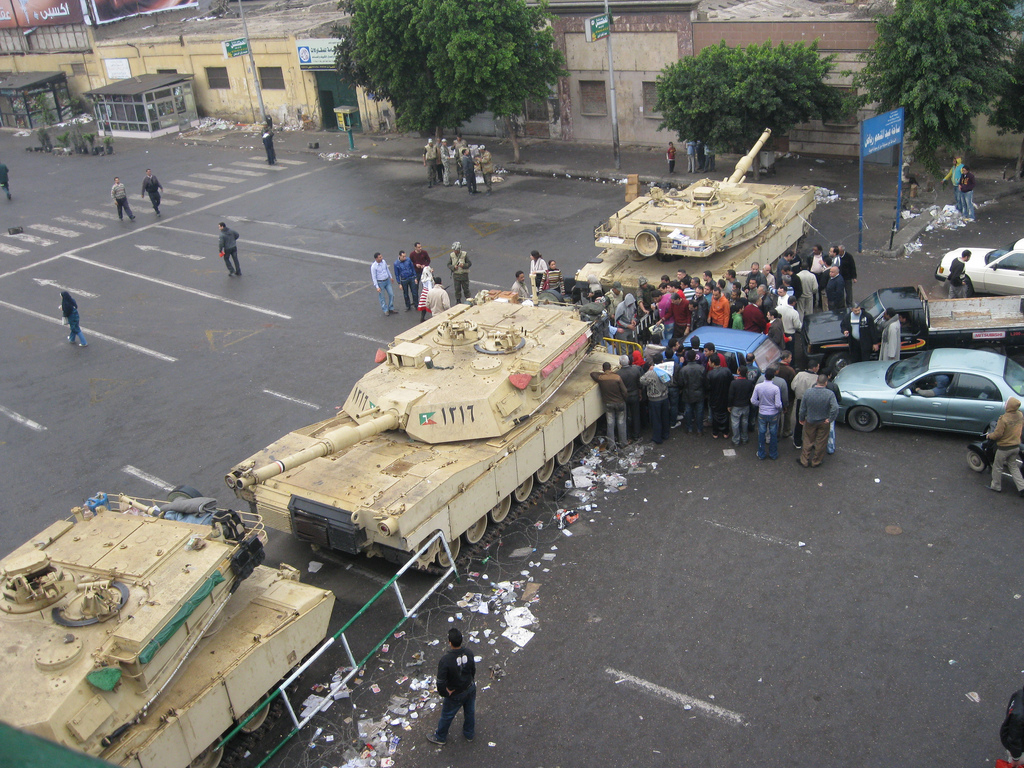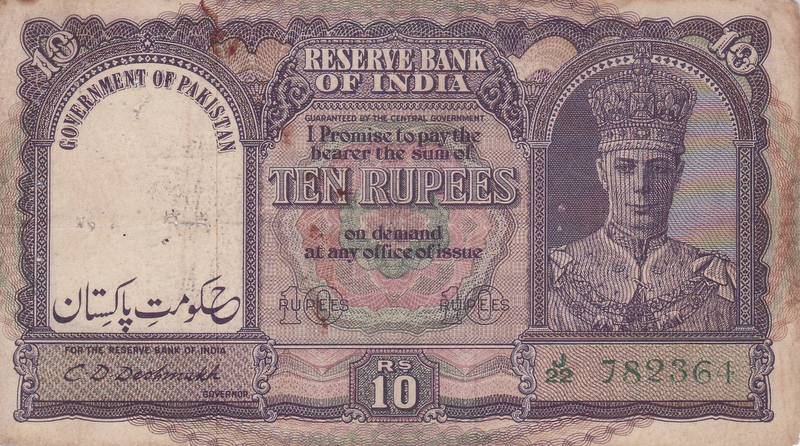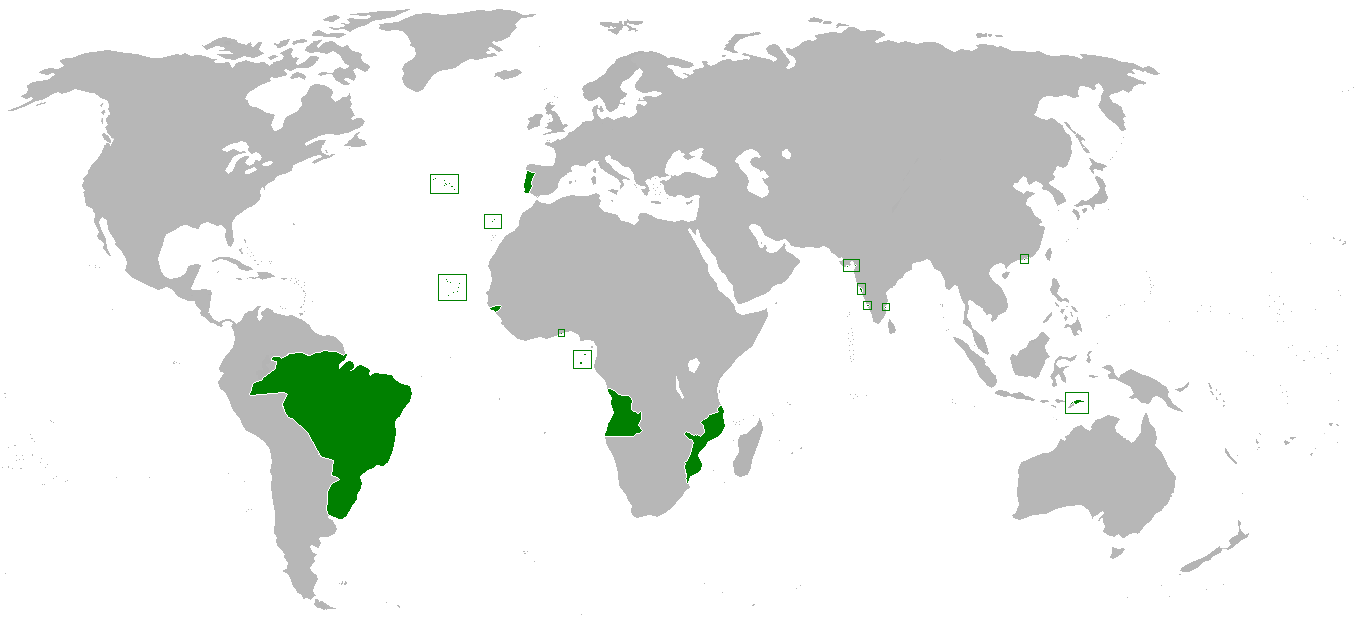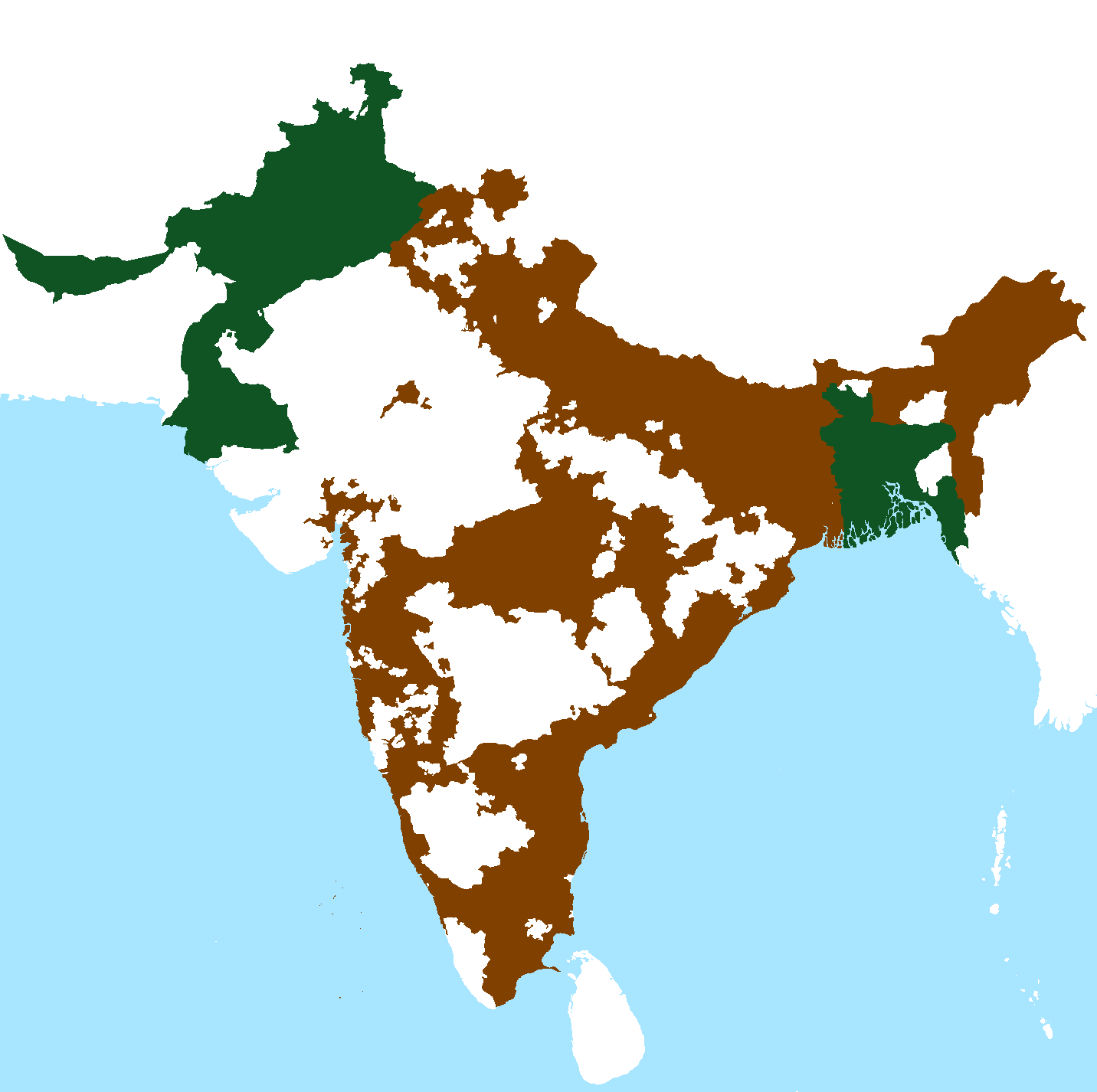|
Federation Of Pakistan V. Maulvi Tamizuddin Khan
''Federation of Pakistan v. Maulvi Tamizuddin Khan'' (1955) was a court case of the Dominion of Pakistan. The Federal Court of Pakistan (now the Supreme Court of Pakistan) ruled in favor of the Governor General of Pakistan's dismissal of the 1st Constituent Assembly of Pakistan. The dismissal was legally challenged by Maulvi Tamizuddin Khan, the president of the assembly. Except one dissenting opinion, the majority of the court supported the dismissal on grounds of the doctrine of necessity. The verdict was considered a blow to democratic norms, which had ramifications in modern-day Pakistan and Bangladesh, and led to the dismissal being described as a constitutional coup. Facts In 1954, Governor General Ghulam Muhammad dissolved the Constituent Assembly of Pakistan. Earlier, he dismissed Prime Minister Khawaja Nazimuddin who enjoyed the confidence of the constituent assembly. Maulvi Tamizuddin Khan, the President of the Constituent Assembly and a representative from East Be ... [...More Info...] [...Related Items...] OR: [Wikipedia] [Google] [Baidu] |
Muhammad Munir
Muhammad Munir (1895–1979) was the second Chief Justice of Pakistan serving from 1954 to 1960. Background Munir obtained his degree of master's in English Literature from Government College University Lahore, he joined Law College to earn his L.L.B. He started his career as a lawyer in Amritsar in 1921. He moved to Lahore in 1922. Career Munir was appointed assistant advocate-general of Punjab (Pakistan), Punjab in 1937, and first president of the Income Tax Appellate Tribunal of India in 1940. He was elevated to the Bench of Judicature at Lahore in 1942. He and Justice Din Muhammad represented the All India Muslim League on the Punjab Boundary Commission in 1947. The following year he was made the chairman of the Pakistan Pay Commission. In 1949, he was made the chief justice of the Lahore High Court. Chief Justice In 1954, Munir was made the chief justice of the Federal Court, chief justice of Pakistan. Besides being the chief justice, he also remained the chairman of the De ... [...More Info...] [...Related Items...] OR: [Wikipedia] [Google] [Baidu] |
Sovereignty
Sovereignty is the defining authority within individual consciousness, social construct, or territory. Sovereignty entails hierarchy within the state, as well as external autonomy for states. In any state, sovereignty is assigned to the person, body, or institution that has the ultimate authority over other people in order to establish a law or change an existing law. In political theory, sovereignty is a substantive term designating supreme legitimate authority over some polity. In international law, sovereignty is the exercise of power by a state. ''De jure'' sovereignty refers to the legal right to do so; ''de facto'' sovereignty refers to the factual ability to do so. This can become an issue of special concern upon the failure of the usual expectation that ''de jure'' and ''de facto'' sovereignty exist at the place and time of concern, and reside within the same organization. Etymology The term arises from the unattested Vulgar Latin's ''*superanus'', (itself derived ... [...More Info...] [...Related Items...] OR: [Wikipedia] [Google] [Baidu] |
Bangladesh Italian Marble Works Ltd
Bangladesh (}, ), officially the People's Republic of Bangladesh, is a country in South Asia. It is the List of countries and dependencies by population, eighth-most populous country in the world, with a population exceeding 165 million people in an area of . Bangladesh is among the List of countries and dependencies by population density, most densely populated countries in the world, and shares land borders with India to the west, north, and east, and Myanmar to the southeast; to the south it has a coastline along the Bay of Bengal. It is narrowly separated from Bhutan and Nepal by the Siliguri Corridor; and from China by the Indian state of Sikkim in the north. Dhaka, the capital and list of cities and towns in Bangladesh, largest city, is the nation's political, financial and cultural centre. Chittagong, the second-largest city, is the busiest port on the Bay of Bengal. The official language is Bengali language, Bengali, one of the easternmost branches of the Indo-Europe ... [...More Info...] [...Related Items...] OR: [Wikipedia] [Google] [Baidu] |
Constitution Of Bangladesh
The Constitution of Bangladesh ( bn, বাংলাদেশের সংবিধান — ), officially the Constitution of the People's Republic of Bangladesh ( bn, গণপ্রজাতন্ত্রী বাংলাদেশের সংবিধান — ) is the supreme law of Bangladesh. The document provides the framework that demarcates the Bangladeshi republic with a unitary, parliamentary democracy, that enshrines fundamental human rights and freedoms, an independent judiciary, democratic local government and a national bureaucracy. The four fundamental principles of the Constitution are nationalism, socialism, democracy and secularism. The Constitution endeavors to create a socialist society in which the rule of law, fundamental human rights and freedom, equality and justice, political, economic and social, is secured for all its citizens. It commits Bangladesh to “contribute to international peace and co-operation in keeping with the progressive asp ... [...More Info...] [...Related Items...] OR: [Wikipedia] [Google] [Baidu] |
Constitution Of Pakistan
The Constitution of Pakistan ( ur, ), also known as the 1973 Constitution, is the supreme law of Pakistan. Drafted by the government of Zulfikar Ali Bhutto, with additional assistance from the country's Pakistani political parties, opposition parties, it was approved by the Parliament of Pakistan, Parliament on 10 April and ratified on 14 August 1973. The Constitution is intended to guide Pakistan's law, political culture, and system. It sets out the state's outline, the fundamental rights of the population, the state's law and orders, and also the structure and establishment of the institutions and the armed forces. The first three chapters establish the rules, mandate, and Separation of powers, separate powers of the three branches of the government: a Bicameralism, bicameral legislature; an executive branch governed by the Prime Minister of Pakistan, Prime Minister as chief executive; and an apex federal judiciary headed by Supreme Court of Pakistan, Supreme Court. The Const ... [...More Info...] [...Related Items...] OR: [Wikipedia] [Google] [Baidu] |
Dosso Case
Dosso v. Federation of Pakistan was the first constitutional case after the promulgation of Constitution of Pakistan of 1956 and an important case in Pakistan's political history. The case got prominence as it indirectly questioned the first martial law imposed by President Iskander Mirza in 1958. Dosso was the tribal person from district Loralai in Baluchistan then under Provincially Administered Tribal Areas who committed a murder and got arrested by tribal authorities and handed over to Loya jirga which convicted him under Frontier Crimes Regulation (FCR). Relatives of Dosso challenged the decision in Lahore High Court (then the West Pakistan High Court) which ruled in favour of Dosso. Federal Government went on to the Supreme Court of Pakistan which reversed the High Court's decision by referring to the Hans Kelsen theory of legal positivism famously the doctrine of necessity. Case facts Dosso a resident of tribal district Loralai committed a murder and got arr ... [...More Info...] [...Related Items...] OR: [Wikipedia] [Google] [Baidu] |
Martial Law
Martial law is the imposition of direct military control of normal civil functions or suspension of civil law by a government, especially in response to an emergency where civil forces are overwhelmed, or in an occupied territory. Use Martial law can be used by governments to enforce their rule over the public, as seen in multiple countries listed below. Such incidents may occur after a coup d'état ( Thailand in 2006 and 2014, and Egypt in 2013); when threatened by popular protest (China, Tiananmen Square protests of 1989); to suppress political opposition ( martial law in Poland in 1981); or to stabilize insurrections or perceived insurrections. Martial law may be declared in cases of major natural disasters; however, most countries use a different legal construct, such as a state of emergency. Martial law has also been imposed during conflicts, and in cases of occupations, where the absence of any other civil government provides for an unstable population. Examples of ... [...More Info...] [...Related Items...] OR: [Wikipedia] [Google] [Baidu] |
Military Coup
A military, also known collectively as armed forces, is a heavily armed, highly organized force primarily intended for warfare War is an intense armed conflict between states, governments, societies, or paramilitary groups such as mercenaries, insurgents, and militias. It is generally characterized by extreme violence, destruction, and mortality, using regular .... It is typically authorized and maintained by a sovereign state, with its members identifiable by their distinct military uniform. It may consist of one or more military branches such as an army, navy, air force, space force, marines, or coast guard. The main task of the military is usually defined as defence of the state and its interests against external armed threats. In broad usage, the terms ''armed forces'' and ''military'' are often treated as synonymous, although in technical usage a distinction is sometimes made in which a country's armed forces may include both its military and other parami ... [...More Info...] [...Related Items...] OR: [Wikipedia] [Google] [Baidu] |
Queen Of Pakistan
From 1947 to 1956, the Dominion of Pakistan was a self-governing country within the Commonwealth of Nations that shared a monarch with the United Kingdom and the other Dominions of the Commonwealth. The monarch's constitutional roles in Pakistan were mostly delegated to a vice-regal representative, the governor-general of Pakistan. The Pakistani monarchy was created by the Indian Independence Act 1947, which divided British India into two independent sovereign states of India and Pakistan. The monarchy was abolished on 23 March 1956, when Pakistan became a republic within the Commonwealth with a president as its head of state. History Reign of George VI (1947–1952) Under the Indian Independence Act 1947, British India was to be divided into the independent sovereign states of India and Pakistan. From 1947 to 1952, King George VI was the sovereign of Pakistan, with Pakistan sharing the sovereign with the United Kingdom and the other Dominions of the Commonwealth of Nation ... [...More Info...] [...Related Items...] OR: [Wikipedia] [Google] [Baidu] |
Realm
A realm is a community or territory over which a sovereign rules. The term is commonly used to describe a monarchical or dynastic state. A realm may also be a subdivision within an empire, if it has its own monarch, e.g. the German Empire. Etymology The Old French word ''reaume'', modern French ''royaume'', was the word first adopted in English; the fixed modern spelling does not appear until the beginning of the 17th century. The word supposedly derives from medieval Latin ''regalimen'', from ''regalis'', of or belonging to a ''rex'' (king). The word ''rex'' itself is derived from the Latin verb ''regere'', which means "to rule". Thus the literal meaning of the word ''realm'' is "the territory of a ruler", traditionally a monarch (emperor, king, grand duke, prince, etc.). Usage "Realm" is particularly used for those states whose name includes the word ''kingdom'' (for example, the United Kingdom), as elegant variation, to avoid clumsy repetition of the word in a sentence (fo ... [...More Info...] [...Related Items...] OR: [Wikipedia] [Google] [Baidu] |
Indian Independence Act 1947
The Indian Independence Act 1947 947 CHAPTER 30 10 and 11 Geo 6is an Act of the Parliament of the United Kingdom that partitioned British India into the two new independent dominions of India and Pakistan. The Act received Royal Assent on 18 July 1947 and thus modern-day India and Pakistan, comprising west (modern day Pakistan) and east (modern day Bangladesh) regions, came into being on 15 August. The legislature representatives of the Indian National Congress, the Muslim League, and the Sikh community came to an agreement with Lord Mountbatten on what has come to be known as the ''3 June Plan'' or ''Mountbatten Plan''. This plan was the last plan for independence. Prelude Attlee's announcement Clement Attlee, the Prime Minister of the United Kingdom, announced on 20 February 1947 that: #The British Government would grant full self-government to British India by 30 June 1948 at the latest, #The future of the Princely States would be decided after the date of final transfer ... [...More Info...] [...Related Items...] OR: [Wikipedia] [Google] [Baidu] |





